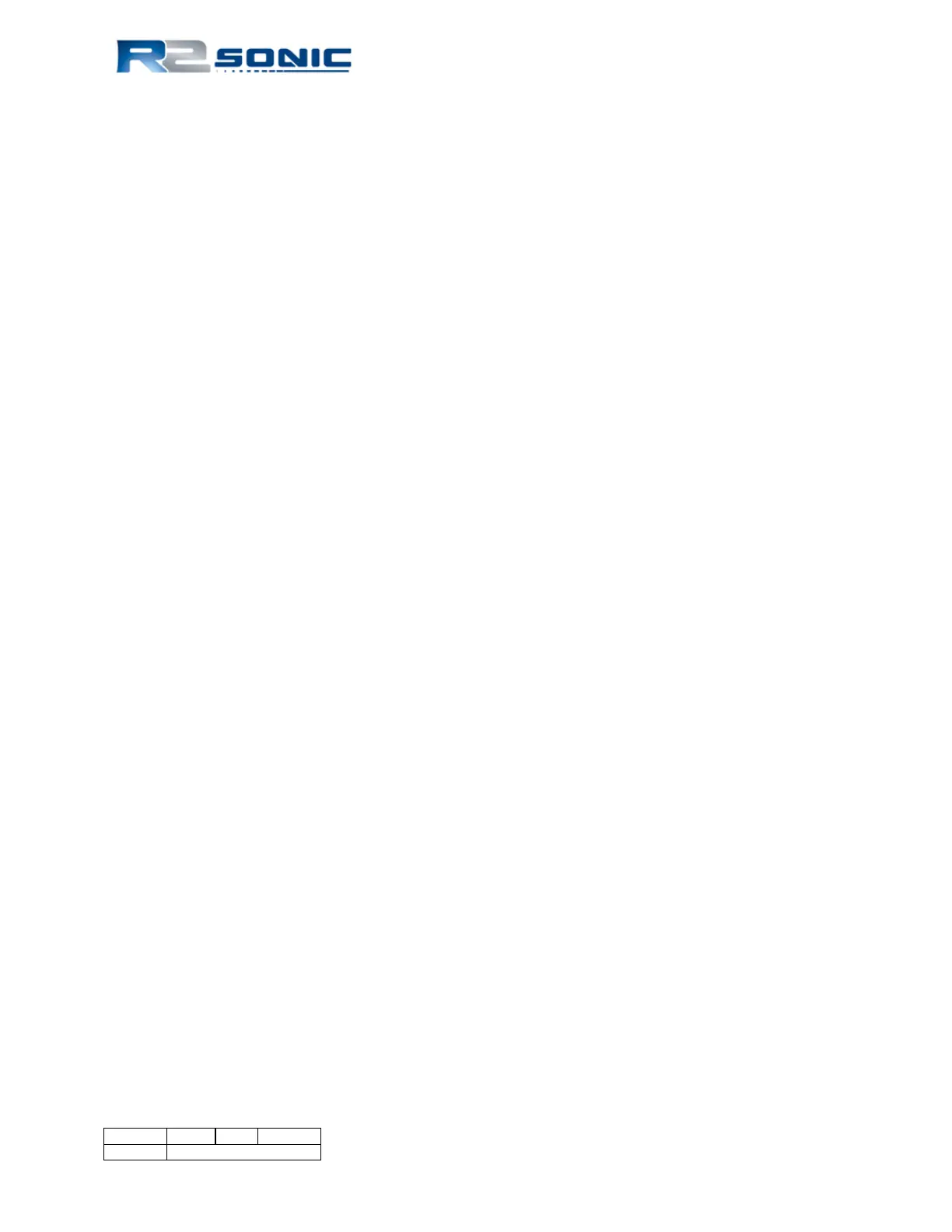A copy of the survey log is sent along with the multibeam data to processing and a copy is kept on
board the vessel.
An example of the information on a smooth log:
• Sensor offsets
• Calibration offsets
• Date
• Survey name, area and surveyors
• Name of sound velocity file
• Name of tide file
• Vessel name
• Start/Stop time of survey line
• Line name
• Direction
• Comments
Due to the nature of a single sheet type log, the information should be entered on each individual
sheet, even though many items do not change from one day to the next.
With the log book style of daily log the items that do not change can be listed on one page, so that
everything following that page will be under those parameters (offsets, vessel name etc.). The right
hand page will include the start/stop times, line name, direction and comments. The left hand page,
as noted above, is for additional information. A further advantage to using a log book is the space
available to sketch diagrams of the survey or other visual aids that might make the survey easier to
understand.
The surveyor uses a log book to record the data as it occurs. A daily survey log sheet can be created
in any word processor or spread sheet program. At a convenient time the surveyor can call a sheet
up, within the appropriate program, enter the data and print it out. This has many advantages, the
most obvious is that the daily log sheet is typed in and printed out making it very legible to read; it
can be stored down to memory, making a permanent record.
Although maintaining a good detailed log of daily survey events may be difficult to get used to, after
a short time the advantages will become obvious.
Page 124 of 210
Version 5.0 Rev r002
Date 05-08-2014
Part No. 96000001

